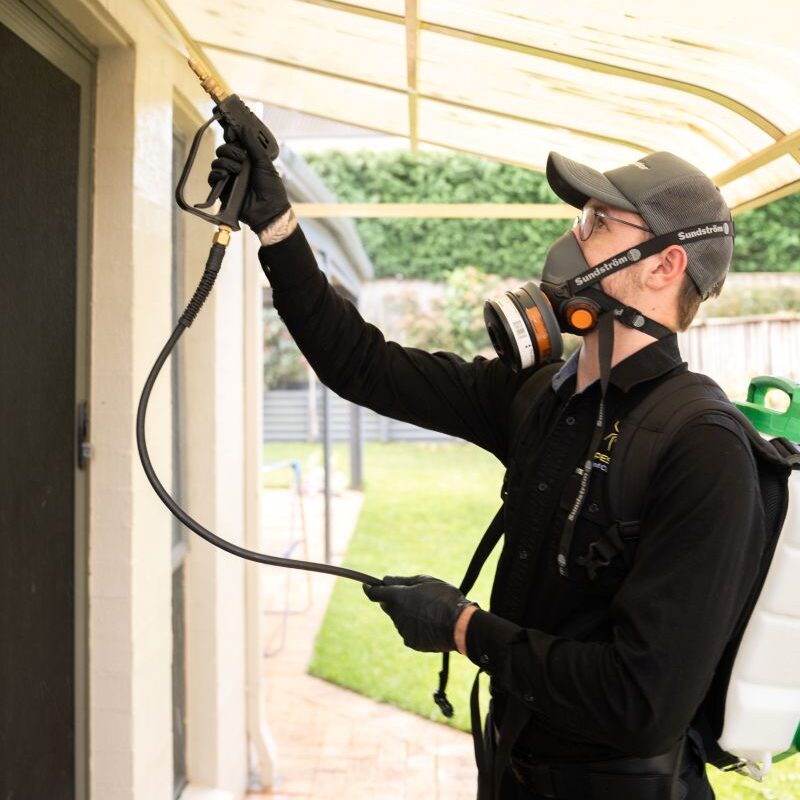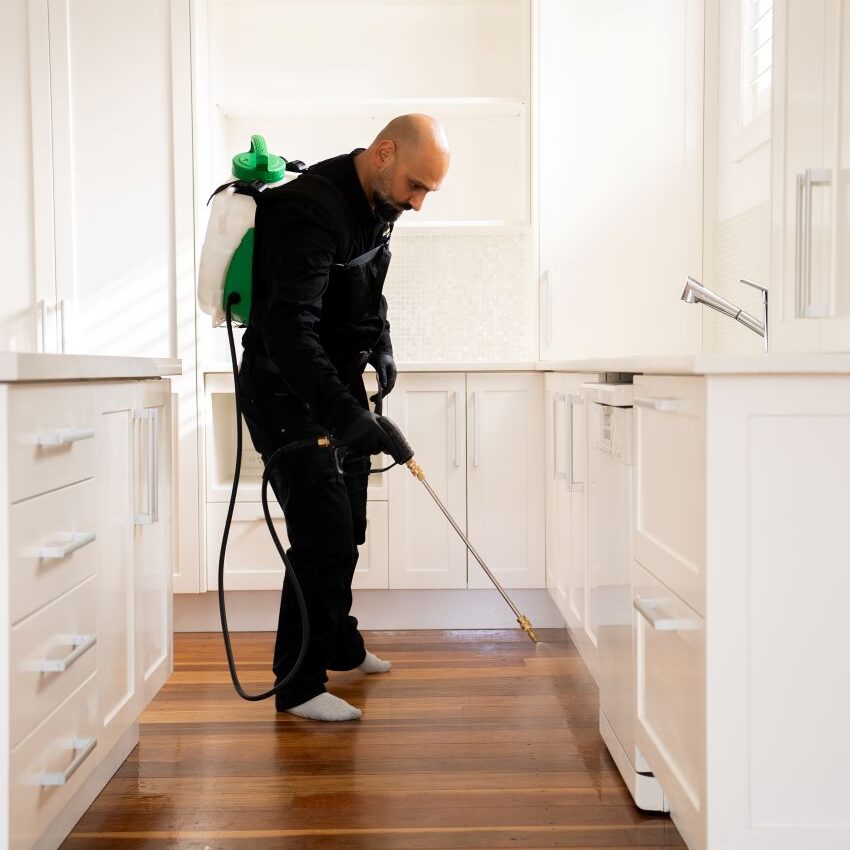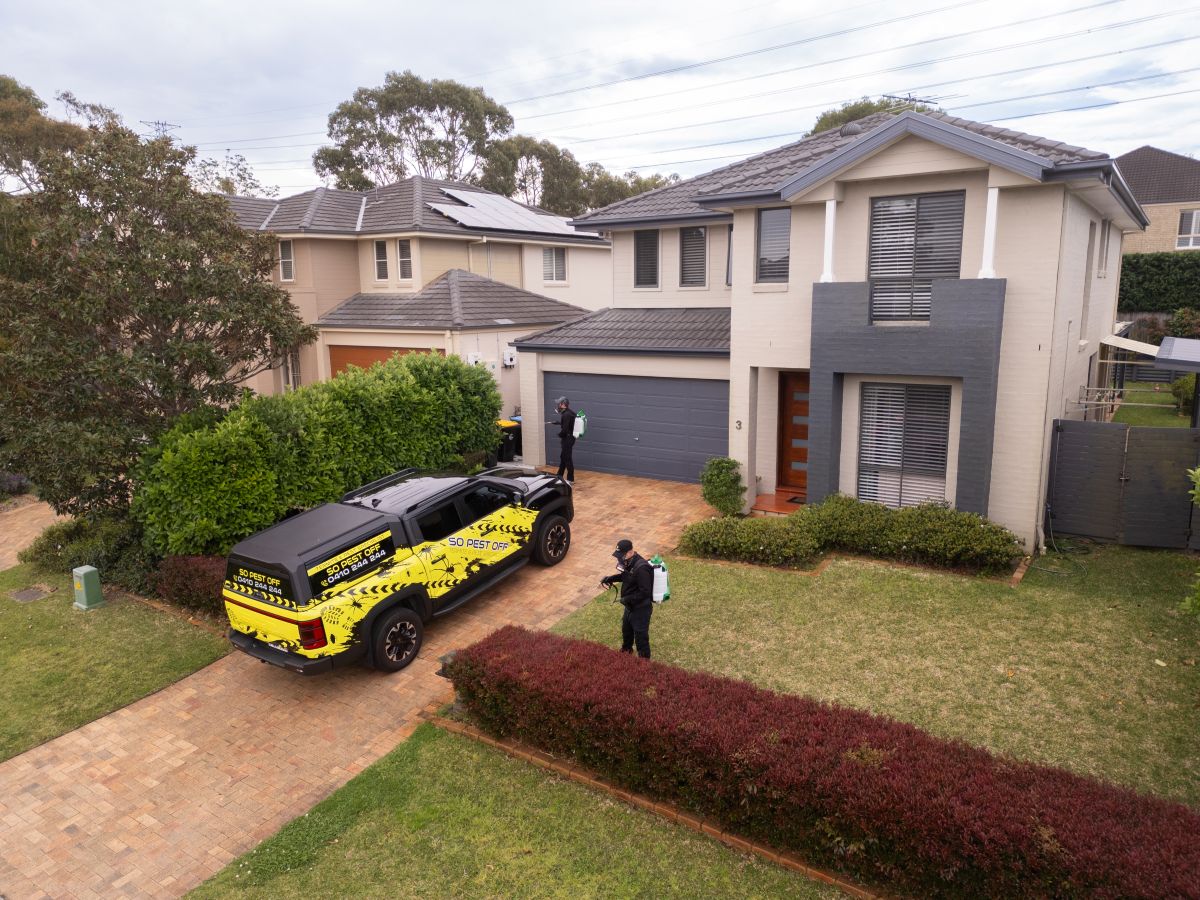For numerous years, roof dusting was a commonly employed technique in general pest control methods used in homes across Sydney. It was widely viewed as the most effective way to eradicate cockroaches, spiders, and various other insects that frequently take shelter above ceilings. However, as time has advanced, both pest control professionals and safety regulators have concluded that this approach can introduce unnecessary dangers, especially in modern residences that are well-sealed and insulated, rendering it less appropriate for contemporary pest management practices.
At So Pest Off, we have adopted a more sophisticated, secure, and effective method for pest control. This article will explore the reasons roof dusting is no longer a common practice in most pest management treatments and will highlight the specific instances where it may still be applicable.

Understanding Roof Dusting: An Overview of This Pest Control Technique
Roof dusting is defined as the process of applying a fine insecticidal powder, most commonly permethrin dust, directly into the roof cavity of a residence. The goal is for this dust to settle on various surfaces within the cavity, effectively targeting pests like cockroaches, ants, and spiders that may be hiding in the ceiling void. In older homes with open ceiling gaps and minimal insulation, roof dusting demonstrated high efficacy. However, with advancements in construction techniques that include insulation batts, ducted air conditioning, and downlights, this method has become far less safe and significantly less necessary for effective pest management.
Identifying the Risks: Why Roof Dusting Should Be Avoided
Although roof dusting was historically effective, permethrin dust is not always safe for indoor applications. Here’s a comprehensive analysis of the reasons this practice should be reconsidered:
1. Mechanisms of Dust Transfer from Roof to Living Areas
When dust is applied within a roof cavity, there is no guarantee that it will remain contained in that specific area. Fine particles can easily escape through downlights, air-conditioning vents, exhaust fans, and ceiling cracks, ultimately settling in bedrooms and various other living spaces. This presents significant concerns, particularly for families with children, individuals suffering from asthma, or those dealing with allergies. These particles pose a health risk as they can be inhaled or settle on furniture and surfaces, leading to potential health issues for the inhabitants.
2. Reasons Roof Cavities Accumulate Contaminants
Ceiling voids are often home to a variety of contaminants, including old insulation fibers, dust, bird droppings, and rodent waste. When a pest control technician applies dust, these materials can become airborne and circulate into your home through ventilation and ceiling openings. For example, when you turn on your air conditioning following a roof dusting treatment, the airflow can push these disturbed particles into your living areas, further compromising the quality of your home environment.
3. Evaluating the Efficacy of Roof Dusting Against Target Pests
In contemporary homes, many common pests such as cockroaches and ants typically do not reside in roof cavities. Instead, they prefer nesting in wall cavities, kitchens, and subfloor areas, which can be more effectively addressed through methods such as external wall dusting or baiting. Consequently, roof dusting often introduces unnecessary risks without substantially improving pest control outcomes.

Our Cutting-Edge and Safer Pest Control Approach
At So Pest Off, we have revolutionized our approach to pest control, placing a priority on the health and safety of your family and home. Instead of introducing dust directly into the roof cavity, we employ a targeted external application method that is both effective and safe.
- We apply dust through weep holes and wall cavities, specifically targeting areas where cockroaches, ants, and spiders actually dwell.
- We combine dusting with gel baiting and barrier sprays, successfully eliminating pests at all life stages.
- We significantly minimize airborne dust exposure, thus protecting your air quality and overall home environment.
This innovative methodology not only keeps your living spaces cleaner but also achieves superior pest control results because it specifically targets pests in their true habitats, rather than where they might occasionally wander.
Specific Scenarios Where Roof Dusting Remains Relevant
There are a few exceptional situations where roof dusting is still considered the most appropriate option. These instances are rare and managed with stringent safety protocols:
- Severe infestations: This includes large populations of cockroaches or bird mites following a nesting issue.
- No wall access points: In some older homes, wall cavities may be inaccessible from the exterior.
- Minimal ceiling penetrations: If the ceiling lacks vents, downlights, or fans, the risk of dust entering the home is significantly diminished.
In these specific cases, our technicians may perform a controlled roof dusting treatment, using protective gear and applying only the minimum effective quantity of dust. We will always explain the entire process and safety measures with you beforehand, ensuring transparency and peace of mind.
Strategies to Maintain Optimal Indoor Air Quality
Roof dusting goes beyond merely being a pest control solution; it has a significant impact on indoor air safety. When your ceiling cavity is disturbed, fine dust and insecticidal particles can infiltrate your air conditioning system or descend through vents. Over time, these particles can spread through ducts, settle on furniture, and even contaminate the air you breathe.
By steering clear of unnecessary roof dusting, we actively safeguard your air quality while still providing effective pest control solutions that prioritize your family's health and well-being.

Establishing a New Benchmark for Pest Control in Sydney
So Pest Off’s methodologies align with the standards outlined by the Australian Environmental Pest Managers Association (AEPMA), emphasizing low-toxicity, targeted pest management strategies. We implement:
- Precision dusting through weep holes, ensuring targeted application.
- Gel baiting specifically formulated for cockroaches and ants, maximizing effectiveness.
- Surface sprays for external barriers, providing comprehensive protection.
This integrated approach guarantees long-lasting protection without compromising your family’s safety or comfort, creating a healthier living environment for you and your loved ones.
Key Insights on Roof Dusting and Contemporary Pest Control Practices
While roof dusting may have been a standard practice in pest control methodologies in the past, our understanding has evolved considerably. Modern pest control prioritizes safety, accuracy, and targeting pests where they are most likely to be found, rather than inundating your home with harmful chemicals.
At So Pest Off, we only resort to roof dusting when absolutely necessary and always under controlled conditions. For most homes, external wall dusting and barrier treatments provide superior protection with significantly less associated risk.
If you are uncertain whether your property requires roof dusting, our licensed technicians are prepared to conduct a comprehensive inspection and provide recommendations for the safest and most effective pest control solutions tailored to your unique needs.
Contact us today to schedule an inspection or inquire about our extensive pest control packages designed for homes and businesses in Sydney.
The Article: Roof Dusting Pest Control: Understanding Its Infrequency first appeared on https://writebuff.com
The Article Roof Dusting Pest Control: Why It’s Rarely Needed Was Found On https://limitsofstrategy.com

